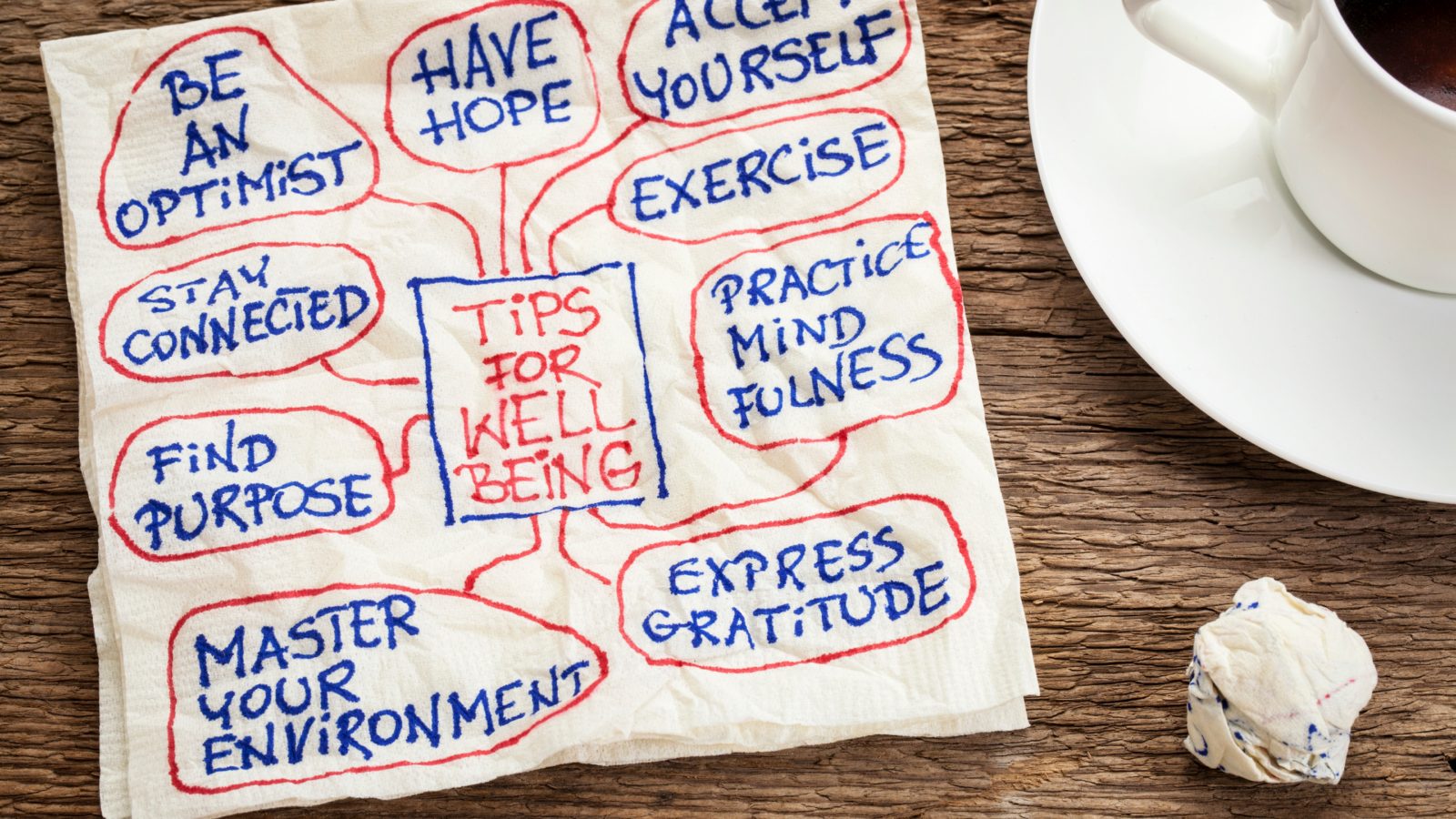2020 has challenged all of us like never before. From workplace stress and health concerns to family pressures and headline anxiety, how your organization supports your team in managing these stressors has a direct impact on their well-being.
It can be challenging, though, to understand how to best support employees. In a recent survey of JazzHR’s 7,000 customers, respondents said their organizations have an opportunity to increase the discussion around mental health in their workplaces:
- 25% of respondents said their leadership team only discusses employee well-being a few times a year
- 56% said their organization doesn’t educate managers on signs of employee burnout
In honor of World Mental Health Day, we asked our partners how they support their team’s mental health, especially during the pandemic.

Start with the basics
Amy Roy, Chief Human Resources Officer at Namely, shared the importance of looking at “wellness” holistically—and prioritizing the fundamental building blocks for each employee:
“As leaders, we often talk about prioritizing employee engagement as a way to increase productivity. Before thinking through creative programs, we have to start with the basics. Are our employees feeling well enough physically and mentally to do their jobs as their best selves? This is why we have to address prioritizing wellness.

Wellness comes in lots of different forms. Financial wellness can be tied to, “Am I losing sleep over my bills? And if so, do I need to look for another job that will help me sleep better?” We all know the costs of physical and mental health challenges as it can relate to time out of the office.”
It’s our responsibility as employers to provide support so that people can focus and enjoy their work.
Embrace employee-led initiatives
Amy and the rest of the Namely team carry out this wellness mission with innovative programs and activities:
“At Namely, we’ve gone to our employees to ask for their help in defining our wellness initiatives. We’ve done this through surveys, but we’ve also formed a wellness committee to help prioritize and define new programs. Every company is different in terms of needs, and this has helped us prioritize where we should focus.

Since the creation, we’ve held financial and emotional wellness webinars, healthy cooking classes, and added a digital fitness platform. We’ve also gotten great support from our medical carrier, Cigna. Our representative really focuses on wellness and is a great resource for ideas. With their help, we held a 6-week physical fitness challenge and have scheduled wellness mailers to go out monthly. Like any initiative, it needs support from all levels of the organization.
I’m proud that our executive team recognizes World Mental Health Awareness Day (10/10) and that our employees will have an additional day off (10/12) in recognition of that day to rest and recharge.”
View employees as people first
Heidi Spirgi, Chief Strategy & Marketing Officer at JazzHR partner Cornerstone, shared how she and her team view their employees first and foremost as people—and encourage authenticity above all else.
“At Cornerstone, we value individuals as people first, employees second. Based on research and personal experience, we know how important it is for our people to come to work as their authentic selves, especially if that means they can be honest about when they need help – or a break.”
Especially during the pandemic, there’s never been a better time for leaders to practice empathy and recognize the various demands individuals are balancing on a daily basis.
Lead by example
Heidi and the rest of the Cornerstone team have developed creative ways to engage and educate employees on wellbeing:
“It’s why we created Cornerstone Cares, a free website filled with timely online learning content about critical topics, including how to promote self-care and manage stress.”

As leaders, we have the power to set the tone across our teams and foster a culture that encourages work-life balance.
“If we communicate our priorities and support the well-being of our people, they will pay that same empathetic leadership forward across teams. The result will be a supported, refreshed organization that is excited to come to work every day.”





